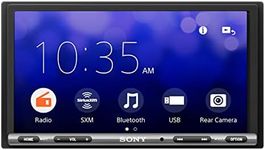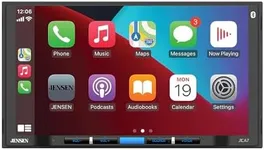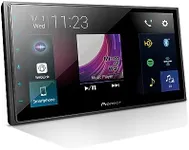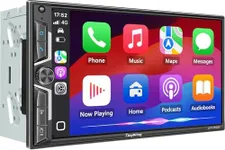Buying Guide for the Best Wireless Android Auto Head Unit
Choosing the right wireless Android Auto head unit can significantly enhance your driving experience by providing seamless connectivity and access to your smartphone's features. To make an informed decision, it's important to understand the key specifications and how they align with your needs. Here are the essential specs to consider when selecting a wireless Android Auto head unit.Screen SizeScreen size refers to the diagonal measurement of the display on the head unit. This spec is important because it affects visibility and ease of use. Screen sizes typically range from 6 to 10 inches. Smaller screens (6-7 inches) are more compact and may fit better in smaller vehicles, while larger screens (8-10 inches) provide a more immersive experience and are easier to interact with. Consider your vehicle's dashboard space and your preference for screen visibility when choosing the right size.
ResolutionResolution indicates the number of pixels on the screen, which affects the clarity and sharpness of the display. Common resolutions include 800x480, 1024x600, and 1280x720. Higher resolutions provide better image quality, making it easier to read text and view maps. If you prioritize a clear and detailed display, opt for a higher resolution. However, if you mainly use the head unit for basic functions like music playback, a lower resolution may suffice.
ConnectivityConnectivity options determine how the head unit interacts with your smartphone and other devices. Wireless Android Auto allows you to connect your phone without cables, providing convenience and reducing clutter. Additionally, look for Bluetooth and Wi-Fi capabilities for seamless integration with other devices. If you frequently use multiple devices or prefer a cable-free setup, prioritize units with robust wireless connectivity features.
Audio QualityAudio quality is crucial for an enjoyable listening experience. This spec includes the head unit's built-in amplifier power, signal-to-noise ratio, and support for various audio formats. Higher amplifier power and better signal-to-noise ratios result in clearer and more powerful sound. If you are an audiophile or enjoy high-quality music, look for units with superior audio specs. For casual listeners, standard audio quality may be sufficient.
User InterfaceThe user interface (UI) determines how easy it is to navigate and use the head unit. A well-designed UI with intuitive controls and responsive touchscreens enhances usability. Some units offer customizable interfaces and voice control for added convenience. If you value ease of use and quick access to features, choose a head unit with a user-friendly interface. Test the UI in-store if possible to ensure it meets your expectations.
Installation CompatibilityInstallation compatibility refers to how well the head unit fits into your vehicle's dashboard and integrates with existing systems. Check the dimensions and mounting options to ensure a proper fit. Some units may require additional adapters or modifications for installation. If you prefer a straightforward installation process, look for units that are compatible with your vehicle's make and model. Consult with a professional installer if you are unsure about compatibility.
Additional FeaturesAdditional features can enhance the functionality of the head unit. These may include GPS navigation, backup camera support, steering wheel control integration, and more. Consider which features are important to you based on your driving habits and preferences. For example, if you frequently travel to new places, built-in GPS navigation can be very useful. Prioritize units that offer the features you will use most often.
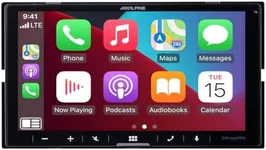
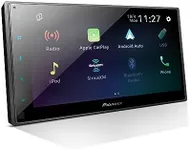
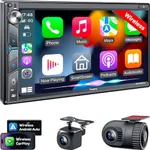
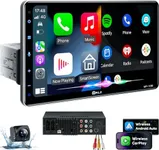
![[Upgrade Wireless] 7" Double Din Ca](https://images-proxy.bestreviews.guide/QTU56J9j7Ay2nspUYEhhqy6ufPk=/0x150/https://m.media-amazon.com/images/I/51R5XB4qDmL._AC_CX679_.jpg)

